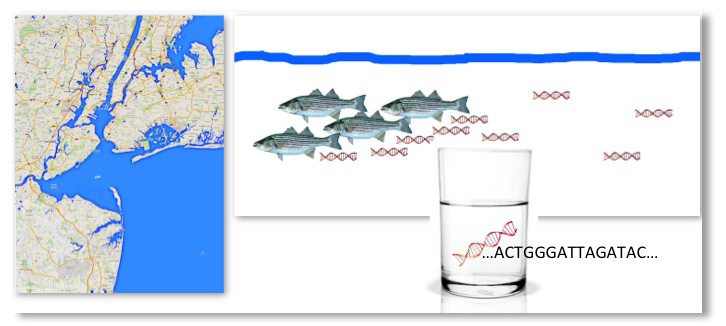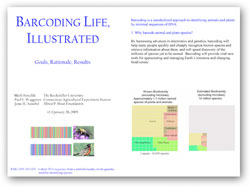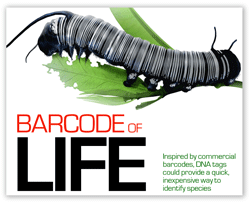- THE BARCODE OF LIFE:
- a short DNA sequence, from a uniform locality on the genome, used for identifying species

- DNA barcoding:
- an emerging global standard for identifying species

- DNA Barcode Blog:
- where we write about and illustrate the latest news about DNA barcoding
Partners
Consortium for the Barcode of Life (CBOL) - Barcode of Life Database (BOLD) - All Birds Barcoding Initiative (ABBI) - All Leps Barcode of Life - Canadian Centre for DNA Barcoding (CCDB) - Census of Marine Life (CoML) - Encyclopedia of Life (EOL) - Fish Barcode of Life (FISHBOL) - FishBase - GenoMicron Blog - International Barcode of Life (iBOL) - Marine Barcode of Life (MARBOL) - Plant DNA Barcoding - Polar Barcode of Life (PolarBOL) - Sponge Barcoding Project (SpongeBOL) - The Beagle Project Blog - Urban Barcode Project
DNA Barcoding Projects
DNA Barcoding Resources
Barcoding Life Highlights 2013
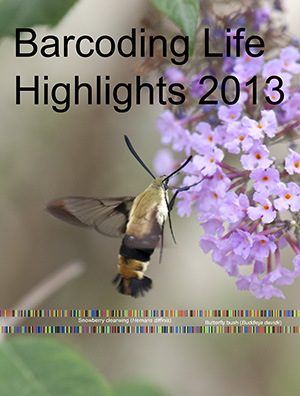
Illustrated report sponsored by International Barcode of Life (iBOL) and Consortium for the Barcode of Life (CBOL)
Top Ten Reasons for Barcoding Life

- Works with fragments.
- Works for all stages of life.
- Unmasks look-alikes.
- Reduces ambiguity.
- Makes expertise go further.
- Democratizes access.
- Opens the way for an electronic handheld field guide, the Life Barcoder.
- Sprouts new leaves on the tree of life.
- Demonstrates value of collections.
- Speeds writing the encyclopedia of life.
![]() download illustrated flyer (PDF) (Sep 2004)
download illustrated flyer (PDF) (Sep 2004)
Acknowledgments
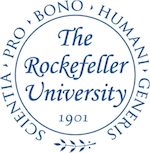
The Rockefeller University
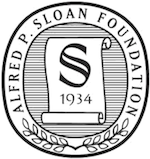
The Sloan Foundation







